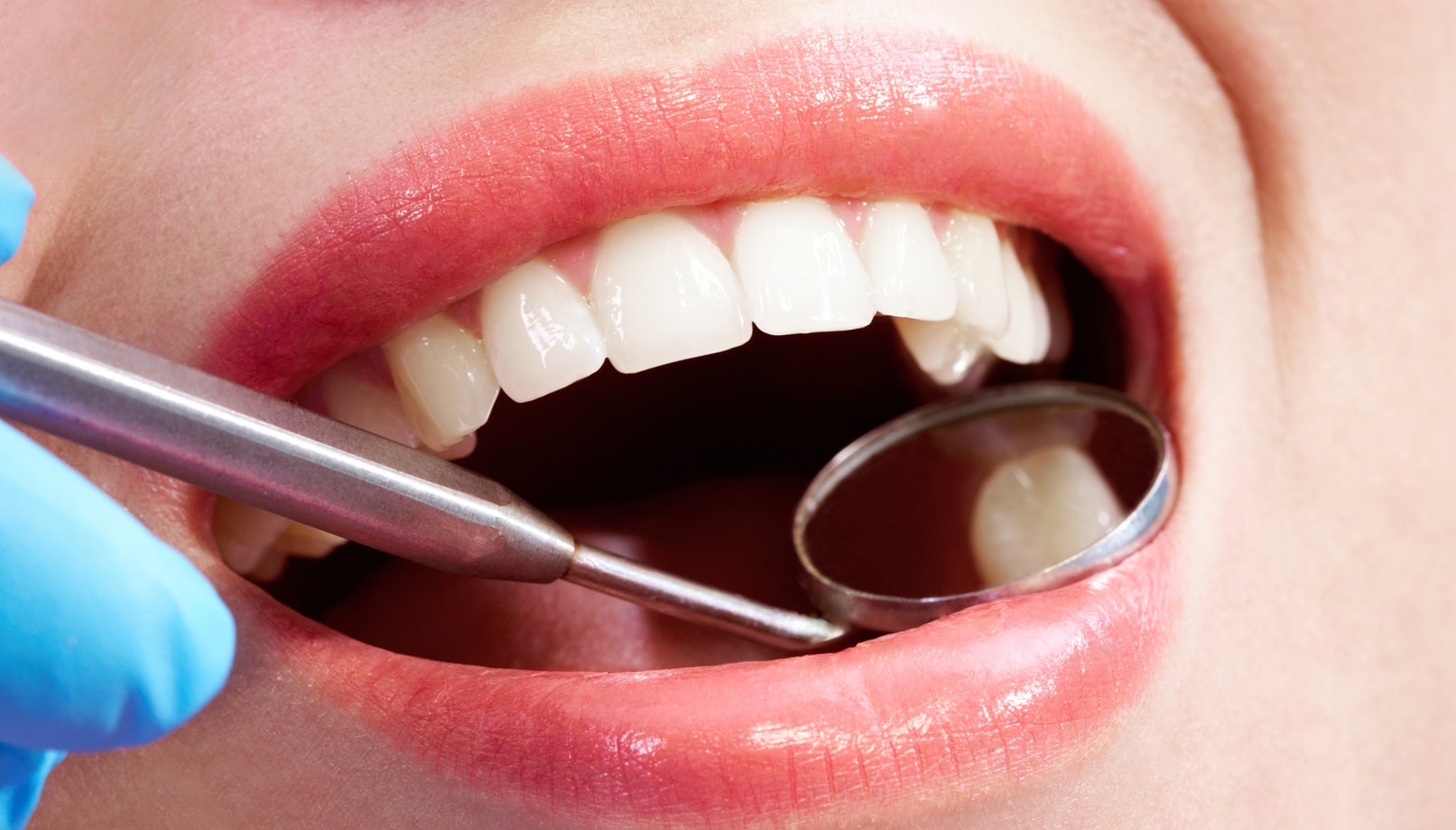
Dental caries, popularly known as tooth decay, is the destruction of tooth structure as a result of bacterial activity in the mouth. The specific microorganism involved in the process of decay is called Streptococcus mutans. This bacterium has the ability to generate acid that dissolves tooth enamel. The acid is produced via metabolism of sugar from diet. The main symptom of tooth decay is nothing, no pain. If left untreated, the decay gets bigger and bigger decay reaches the nerve or pulp. This creates an infection which requires a root canal or possibly an extraction.
It is extremely important for a tooth to be restored once there is apparent decay. Tooth restorations can be made from either metal or tooth-colored material. Metal fillings are made from amalgam. Amalgam restorations are the silver-colored fillings dentists traditionally used before the advent of modern tooth-colored fillings. Most dentists have stopped using amalgam restorations due to their unaesthetic appearance.
The other fillings are those made of tooth-colored materials. Tooth-colored fillings are bonded to the tooth structure so their hold on the tooth is much stronger than that of a silver filling. The combination of esthetics and bonding are some of the advantages that make tooth-colored fillings much more popular than silver-colored fillings.
Tooth-colored fillings are recommended for patients who have mild to moderate tooth damage. The damage can be from tooth decay or from trauma.
Dental fillings are recommended if there is enough tooth structure left to support the filling material. However, if the decay is so extensive that the filling gets to be more than a third to a half of the width of the existing tooth, the tooth has to be considered for a crown or onlay. Crowns and onlays can reinforce a badly-broken down tooth much more effectively than a filling.
The main limitation of a filling material is that it cannot fix an extensively-damaged tooth. Even if the damage is due to trauma instead of decay, a crown or onlay is still indicated if too much tooth structure has chipped off.
With regards to complications, a filling can sometimes cause the restored tooth to feel sensitive afterwards. Sensitivity to hot or cold is usually short-lived with the involved tooth returning to normal within days. Also, if the patient does not take care of the restored tooth properly, it can develop recurrent decay around the edges of the filling.
Placement of any kind of dental filling requires no downtime at all. Some sensitivity may be experienced but it is nothing that can hinder the patient’s normal activities. Patients can go back to their daily routine right after the treatment. Some dentists would advise not to eat or drink anything for an hour.
Tooth-colored fillings might get a little bit darker over time. The change in color will occur faster if the patient consumes coffee, tea, or any other dark-colored foods on a regular basis.
Whitening will have very little effect on the restoration. It cannot whiten a stained restoration and it cannot be done to match the color of whitened teeth. If the patient plans to undergo teeth whitening, he or she will need to have the whitening done first. Otherwise, there is a chance that the tooth-colored filling will appear darker than the natural teeth and need to be replaced.
How long a tooth-colored filling lasts depends on the size of the restoration. For most people, the results last 10 years. In some cases, the filling may last for up to 20 years or longer. The most common reason for replacing a restoration is the presence of decay around it. Patients should consult with an experienced dentist.
Written by Cosmetic Town Editorial Team- AA
Based on an exclusive interview with Les Latner, DDS in Los Angeles, CA